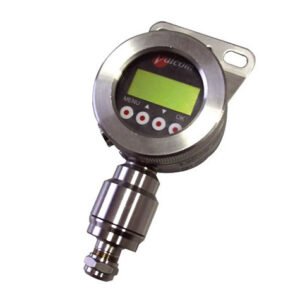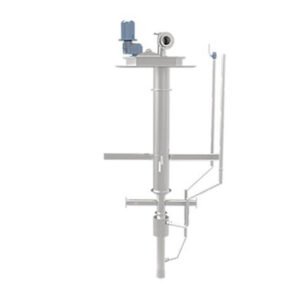Description
The CDL sand washer is for washing and separating the fine sand in the sewage at the same time. The screw is usually attached directly to the motor flange branch. The bottom of the funnel is equipped with a sand washing system that injects clean water in a reciprocating stream to remove organic matter from the sand for reuse in the cement/concrete industry.

The main work of the device:
The effluent enters the funnel through the inlet spectrum and the rotational motion of the central stirrer keeps it in motion and facilitates the deposition of sand while maintaining it. The suspension of organic matter leads down the funnel, and clean water flows in the opposite direction to wash away the sand and facilitate the floating of the organic matter. Organic matter is then discharged at regular intervals through a dedicated exhaust duct. The constant rotational motion of the water mass allows the sand to pass from the hopper to the drain screw, which carries it to the drain path.






